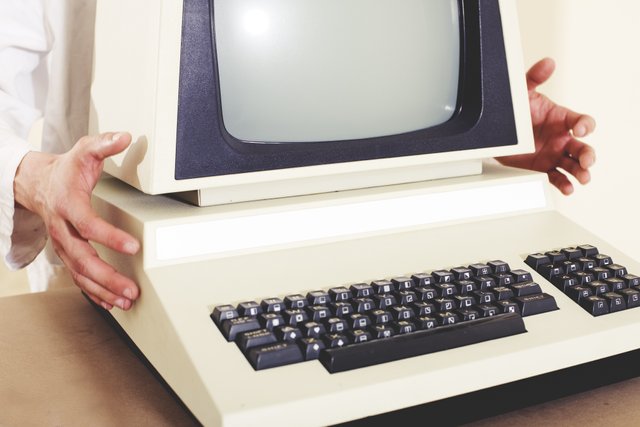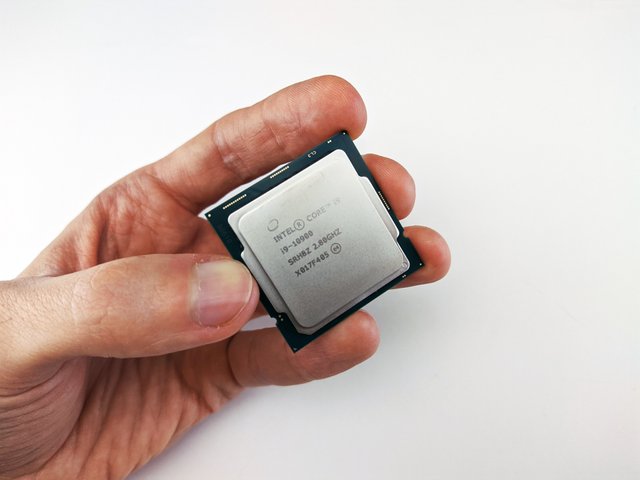The Impact of Microprocessor Evolution on Various Aspects of Computer
Computer With Archaic Tech
A more accurate name for the first major technical revolution of the modern period would be the Microprocessor Revolution, rather than the Computer Revolution or the PC Revolution.
ENIAC, a computer built in 1945, is widely considered to be the first electronic computer in the world. It occupied a 30-by-50-foot area and weighed 30 tons, taking up the entire space. In order to start, it required 150,000 watts of power and 18,000 vacuum tubes. The transistor, integrated circuit, and microprocessor were all invented in the 1940s and '50s, respectively, but the term "computer" wasn't coined until the 1970s. The earliest computers were gigantic machines whose greatest contribution was to be the foundation for further research. These first computers were cumbersome, large, expensive, and consumed significant amounts of electricity. They had limited use outside of scientific research facilities and government agencies. In fact, the largest "personal" computer in the 1960s was a machine called the Data Disc X-20; it weighed more than a ton and occupied an area of about 1500 cubic feet. It cost $500,000 (about $4 million in 2016) and required a staff of 4 to 5 people to operate.
The New Era of Microprocessor
The microprocessor revolution has been fueled by Moore's Law. As early as 1965, Gordon Moore discovered that chip density (approximately similar to computing power) doubles every year while the price falls by half. Since this observation was made, the technology used in integrated circuits has improved by a factor of more than 20. In 1975, the first personal computer was announced and it weighed over 50 pounds. Now, computers are almost always portable and much smaller.
In 1965, an IBM PC cost $2000 (about $4500 today), a mainframe was in a different league cost thousands of dollars per hour (over $1000 now), while memory and processor cost hundreds of dollars each (under $20 today). Today, the cheapest PC has a laptop-sized form factor with a 2GHz Intel Core i3 processor available for under $600 (about $1100 now).
The first Intel microprocessors went on sale in 1977 at $300 per. Today, you can get a dual-core 1.8GHz Intel Core i5-5200U, which has over 9x the performance of the original single core Intel 486 microprocessor, for under $300 (about $500 today). There are now more transistors than there are stars in the Milky Way Galaxy.
All digital devices that rely on computers are driven by microprocessors. Calculators and digital watches used to cost much more than they do today, with other products following a similar pattern. The absence of a publicized trend may be deceiving because much of our lives relies on computers and electronics.
An Era of Modern Computer
It's tough to imagine a world without the help of a computer. As an example of the widespread usage of personal computers in enterprises, residences, and our attitude to daily life in 2022, consider that PC will serve as the primary educational institution for practically every young person on the planet.
In fact, if the microprocessor revolution had not occurred, the direction of technological development would have been completely different. Instead of the exponential growth in computer technology and the subsequent expansion of technologies like artificial intelligence, nanotechnology, and bioengineering, it might have remained limited to the early industrial revolution.
Conclusion
The evolution of microprocessors has greatly influenced how we live and how we think about computers. Without computers, there would be no Internet or television. The vacuum tubes used by early computers were rapidly replaced by transistors and finally by microprocessors in an evolution that led to faster machines with higher storage capacity at lower cost. That evolution is built on the paradigm that each generation must be more powerful than its predecessor in order to satisfy increasing demand for more powerful computers.
References:
- https://historyofcomputercommunications.info/section/2.25/the-microprocessor-1971/
- https://www.pcmag.com/news/7-microprocessors-that-powered-the-pc-revolution
- https://clearpurpose.media/the-microprocessor-revolution-633278398e95
- https://www.researchgate.net/publication/304345363_The_Microprocessor_Revolution
- https://en.wikipedia.org/wiki/Microprocessor


